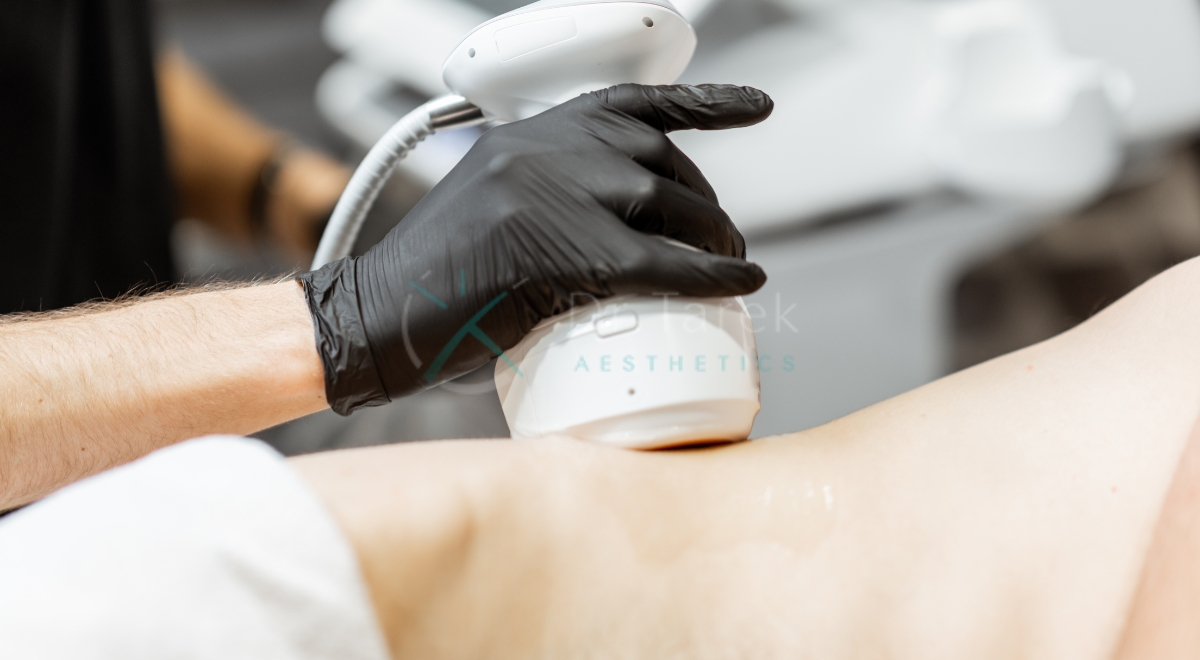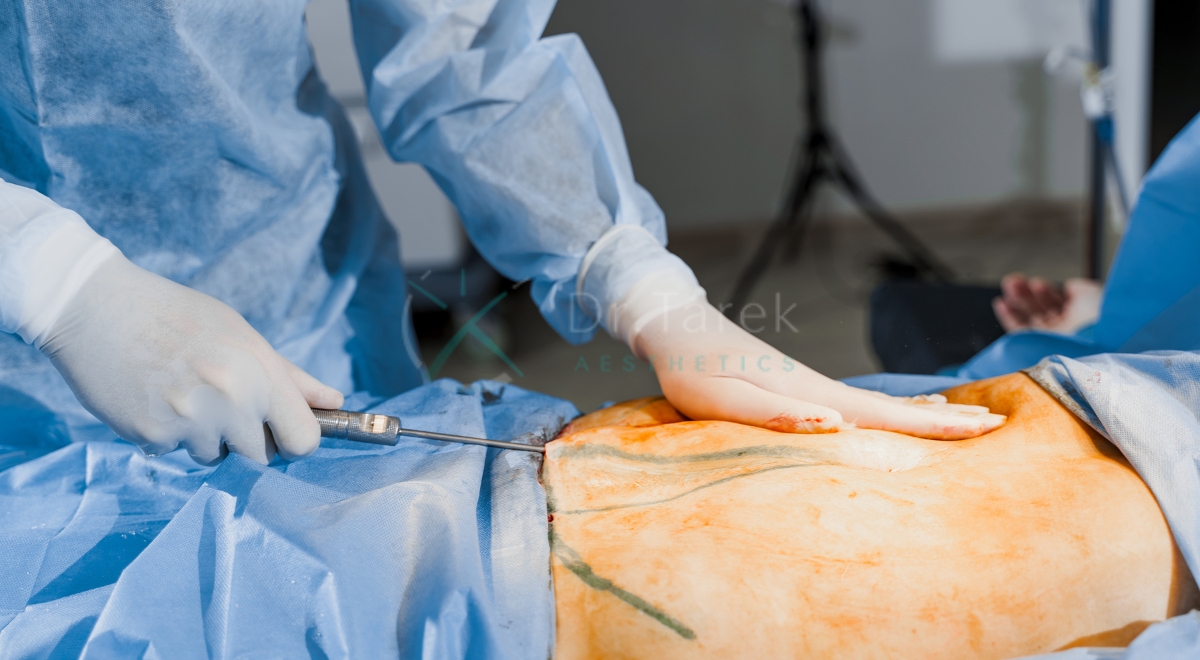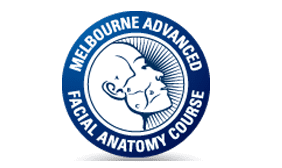When Was Liposuction Invented?
The Origins of Liposuction
Liposuction, a popular cosmetic procedure for removing excess fat, has a fascinating history that spans several decades. To understand when liposuction was invented, we need to delve into its origins and early developments.
Precision Body Sculpting helps shape specific areas of your body
it uses special tools to target fat and make you look more toned
Early Attempts at Fat Removal
The concept of removing unwanted fat from the body has been around for centuries. However, the first documented attempts at surgical fat removal date back to the early 20th century. In the 1920s, French surgeon Charles Dujarier performed one of the earliest known procedures to remove fat from a patient’s legs. Unfortunately, this early attempt resulted in complications and was not widely adopted.
In the 1960s and 1970s, various surgeons experimented with different techniques to remove fat, including using curettes and other surgical instruments. These methods were often invasive and carried significant risks, leading to limited success and adoption.
Book A Consultation With Dr Tarek Bayazid
Top-rated Plastic Surgeon For Liposuction in Dubai
Installment Plan Available
The First Successful Liposuction Procedure
The modern era of liposuction began in 1974 when Italian gynecologists Arpad and Giorgio Fischer developed a technique using a hollow cannula connected to a suction device. This breakthrough allowed for more precise fat removal with less trauma to surrounding tissues.
However, it was Dr. Yves-Gerard Illouz, a French plastic surgeon, who is widely credited with inventing the modern liposuction technique in 1982. Dr. Illouz refined the procedure by introducing a wet technique, which involved injecting a saline solution into the fat before suction. This innovation significantly improved safety and results, paving the way for liposuction to become a mainstream cosmetic procedure.
Key milestones in early liposuction development:
- 1920s: Charles Dujarier’s early fat removal attempt
- 1974: Arpad and Giorgio Fischer develop the hollow cannula technique
- 1982: Dr. Yves-Gerard Illouz introduces the wet technique
Evolution of Liposuction Techniques
Since its invention, liposuction has undergone numerous advancements and refinements. Let’s explore the various techniques that have emerged over the years.
Suction-Assisted Liposuction (SAL)
Suction-Assisted Liposuction, also known as traditional liposuction, is the original technique developed by Dr. Illouz. It involves making small incisions in the target area and inserting a cannula connected to a vacuum device. The surgeon manually moves the cannula back and forth to break up fat cells, which are then suctioned out.
SAL remains a popular method due to its effectiveness and versatility. However, it can be more physically demanding for the surgeon and may result in more bruising and swelling for the patient compared to newer techniques.
Tumescent Liposuction
In 1985, Dr. Jeffrey Klein introduced tumescent liposuction, a significant advancement in the field. This technique involves injecting a large volume of dilute local anesthetic solution into the fat before suction. The solution causes the fat to become swollen and firm, making it easier to remove.
Tumescent liposuction offers several advantages:
- Reduced blood loss
- Improved pain control
- More precise fat removal
- Faster recovery time
Due to these benefits, tumescent liposuction quickly became the gold standard and is still widely used today.
Power-Assisted Liposuction (PAL)
Power-Assisted Liposuction, developed in the late 1990s, uses a motorized cannula that vibrates rapidly. This vibration helps break up fat cells more efficiently, allowing for easier removal and potentially reducing surgeon fatigue.
Benefits of PAL include:
- Shorter procedure time
- Less trauma to surrounding tissues
- Improved precision in fibrous areas
Ultrasound-Assisted Liposuction (UAL)
Ultrasound-Assisted Liposuction, introduced in the mid-1990s, uses ultrasonic energy to liquefy fat cells before removal. This technique is particularly effective in dense areas like the back or male breast tissue.
UAL offers several advantages:
- Enhanced fat removal in fibrous areas
- Potential skin tightening effects
- Reduced bruising and swelling
However, it also carries a slightly higher risk of burns and longer procedure times.
Laser-Assisted Liposuction (LAL)
Laser-assisted liposuction , developed in the early 2000s, uses laser energy to melt fat cells before removal. This technique, also known as SmartLipo, claims to offer additional skin tightening benefits.
Potential benefits of LAL include:
- Less bruising and swelling
- Faster recovery time
- Improved skin tightening
However, the effectiveness of LAL compared to other techniques is still debated among plastic surgeons.
Modern Innovations in Liposuction 
As technology continues to advance, new liposuction techniques have emerged, offering patients more options and potentially improved results.
Water-Jet Assisted Liposuction (WAL)
Water-Jet Assisted Liposuction, introduced in the late 2000s, uses a pressurized stream of saline solution to dislodge fat cells. This gentle technique allows for more precise fat removal and potentially less trauma to surrounding tissues.
Benefits of WAL include:
- Reduced bruising and swelling
- Shorter recovery time
- Ability to harvest fat for transfer to other areas
Radiofrequency-Assisted Liposuction
Radiofrequency-Assisted Liposuction, developed in the 2010s, uses radiofrequency energy to liquefy fat and tighten skin simultaneously. This technique, also known as BodyTite, claims to offer superior skin tightening results compared to traditional liposuction.
Potential advantages of radiofrequency-assisted liposuction:
- Enhanced skin tightening
- Reduced risk of contour irregularities
- Shorter recovery time
Cryolipolysis or Fat Freezing
While not technically a form of liposuction, cryolipolysis has emerged as a non-invasive alternative for fat reduction. This technique, popularized by the brand CoolSculpting, uses controlled cooling to freeze and destroy fat cells without surgery.
Benefits of cryolipolysis:
- Non-invasive procedure
- No downtime
- Gradual, natural-looking results
However, cryolipolysis is generally less effective than traditional liposuction for larger areas or more significant fat removal.
Uses of Liposuction
Liposuction has evolved from a purely cosmetic procedure to one with both aesthetic and medical applications.
Cosmetic Applications
The most common use of liposuction remains cosmetic body contouring. Popular treatment areas include:
- Abdomen and waistline
- Thighs and hips
- Arms and back
- Chin and neck
Liposuction can help patients achieve a more proportionate figure and improve clothing fit. However, it’s important to note that liposuction is not a weight loss solution but rather a body sculpting tool.
Reconstructive and Medically Necessary Applications
Liposuction has found several medical applications beyond cosmetic enhancement:
- Lipedema treatment: Removing painful fat deposits in patients with lipedema
- Gynecomastia correction: Reducing excess breast tissue in men
- Lymphedema management: Removing excess fluid and fat in lymphedema patients
- Fat grafting: Harvesting fat for use in reconstructive procedures
These medical applications have expanded the role of liposuction in improving patients’ quality of life and addressing specific health concerns.
Safety and Risks of Liposuction
As with any surgical procedure, liposuction carries certain risks and potential complications. Understanding these risks is crucial for patients considering the procedure.
Common Side Effects
Most patients experience some side effects after liposuction, which typically resolve within a few weeks:
- Swelling and bruising
- Temporary numbness
- Soreness and discomfort
- Contour irregularities
More serious complications, while rare, can include:
- Infection
- Blood clots
- Fluid accumulation
- Skin necrosis
- Adverse reactions to anesthesia
Dr. Tarek emphasizes the importance of choosing a board-certified plastic surgeon and following all pre- and post-operative instructions to minimize risks.
Aftercare and Recovery
Proper aftercare is essential for optimal results and a smooth recovery. Patients should expect:
- Wearing compression garments for several weeks
- Avoiding strenuous activity for 2-4 weeks
- Attending follow-up appointments with their surgeon
- Maintaining a healthy lifestyle to preserve results
Recovery time varies depending on the extent of the procedure and individual healing factors. Most patients can return to work within 1-2 weeks and resume normal activities after 4-6 weeks.
Medical Tourism and Liposuction 
The rise of medical tourism has made liposuction more accessible to patients worldwide. However, traveling abroad for cosmetic procedures comes with both potential benefits and risks.
Considerations for Traveling for Liposuction
Patients considering medical tourism for liposuction should carefully weigh the following factors:
- Cost savings vs. potential risks
- Qualifications and experience of foreign surgeons
- Accreditation of overseas medical facilities
- Language barriers and communication challenges
- Travel and accommodation expenses
Risks and Benefits
Potential benefits of medical tourism for liposuction:
- Lower overall costs
- Combining surgery with a vacation
- Access to procedures not available in the home country
Potential risks:
- Difficulty in follow-up care
- Complications during travel
- Varying safety standards in different countries
- Limited legal recourse in case of malpractice
Dr Tarek advises patients to thoroughly research their options and consult with a local plastic surgeon before deciding to travel abroad for liposuction.
FAQs
When was liposuction invented?
Liposuction, as we know it today, was invented in 1982 by French plastic surgeon Dr. Yves-Gerard Illouz. He developed the wet technique, which involved injecting a saline solution into the fat before suction. This innovation significantly improved the safety and effectiveness of the procedure, paving the way for its widespread adoption.
What are the different techniques of liposuction?
There are several liposuction techniques available today, each with its own advantages. The main techniques include Suction-Assisted Liposuction (SAL), Tumescent Liposuction, Power-Assisted Liposuction (PAL), Ultrasound-Assisted Liposuction (UAL), and Laser-Assisted Liposuction (LAL). More recent innovations include Water-Jet Assisted Liposuction (WAL) and Radiofrequency-Assisted Liposuction. The choice of technique depends on factors such as the treatment area, patient characteristics, and surgeon preference.
Is liposuction safe?
Liposuction is generally considered safe when performed by a qualified, board-certified plastic surgeon on suitable candidates. However, like any surgical procedure, it carries some risks. These can include infection, bleeding, contour irregularities, and adverse reactions to anesthesia. The safety of liposuction has improved significantly since its invention, thanks to advancements in techniques and technology. Patients can minimize risks by choosing an experienced surgeon, following pre- and post-operative instructions, and maintaining realistic expectations about the procedure’s outcomes.
What are the common side effects of liposuction?
Common side effects of liposuction include temporary swelling, bruising, and numbness in the treated areas. Patients may also experience soreness and discomfort for several days to weeks after the procedure. In most cases, these side effects resolve on their own as the body heals. Some patients may notice contour irregularities or asymmetry, which can often be addressed with touch-up procedures if necessary. More serious complications, while rare, can include infection, blood clots, and skin necrosis. It’s important for patients to discuss potential side effects and complications with their surgeon before undergoing liposuction.
Can liposuction be used for medical purposes?
Yes, liposuction can be used for medical purposes beyond cosmetic enhancement. It has found applications in treating conditions such as lipedema, a painful disorder characterized by abnormal fat deposits in the legs and arms. Liposuction is also used in the treatment of gynecomastia (enlarged male breasts) and can help manage lymphedema by removing excess fluid and fat. Additionally, liposuction techniques are used to harvest fat for fat grafting procedures in reconstructive surgery. These medical applications have expanded the role of liposuction in improving patients’ quality of life and addressing specific health concerns.











Related Posts